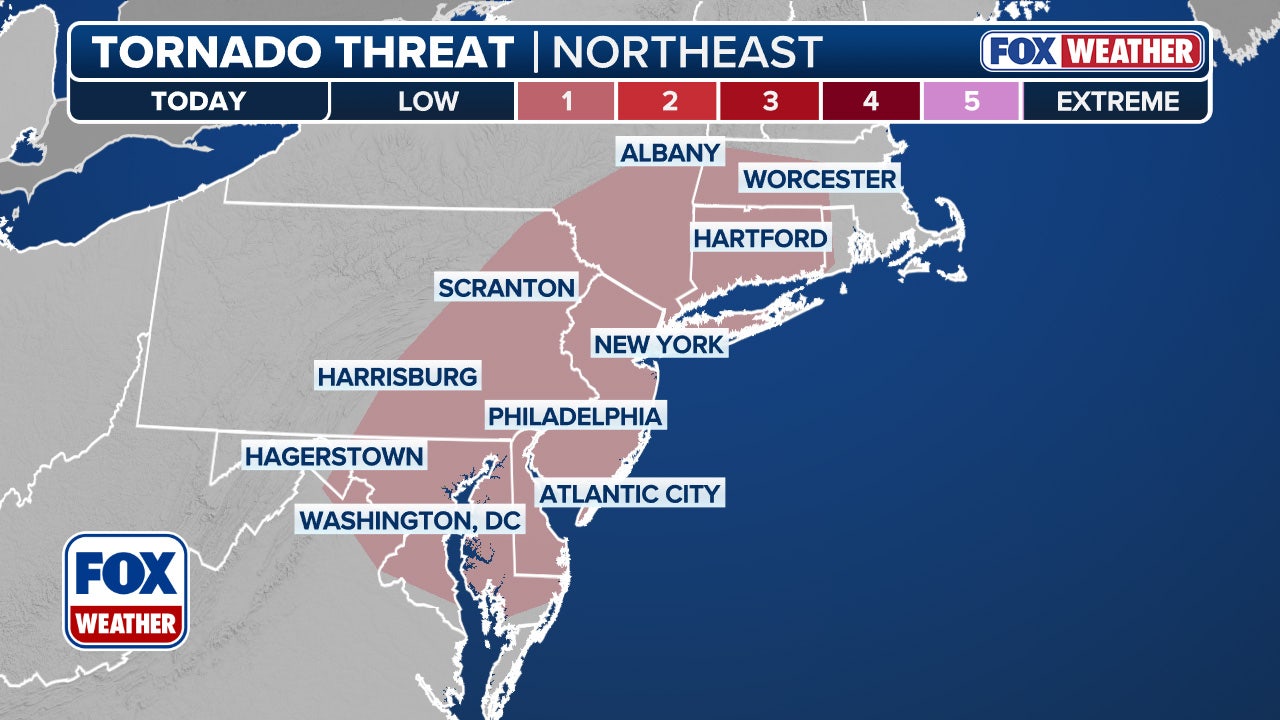Tiny NYC Co-living Spaces: A Controversial Housing Trend
<img src="https://i.guim.co.uk/img/media/c77c29af0f6206a290617d4484fc5557b192f234/0_0_2850_1901/master/2850.jpg?width=445&dpr=1&s=none&crop=none" alt="A co-living space in Bedford, Brooklyn">Co-living spaces, offering small rooms (as little as 74 sq ft) for around $1900 a month, are rapidly expanding in NYC neighborhoods like Crown Heights, Bedford-Stuyvesant, and Bushwick. While companies like Cohabs advertise a built-in community and flexible leases, attracting young professionals, particularly those from overseas, long-term residents express serious concerns.
Gentrification Fears
Locals view these developments as harbingers of gentrification, fearing displacement and the loss of community character. The conversion of traditional homes into co-living units, often with luxury amenities like gyms and cinema rooms, significantly increases rent rolls, driving up prices in the surrounding area. One resident called co-living the “antithesis” of community and an “unofficial hotel for European tourists”.
The Cohabs Perspective
Cohabs, a major player in the co-living market, argues that they provide a much-needed housing solution for young people, fostering community in a sometimes overwhelming city. They also claim to engage with communities before opening new developments and highlight local businesses to their members as a way to invest back into the neighborhood. However, critics argue that the short-term nature of residents' stays (an average of 11 months) prevents the formation of lasting community bonds.
A Housing Crisis?
Despite a significant increase in housing units in recent years, NYC's housing demand far outpaces supply. The low vacancy rate is fueling the debate around the role of co-living spaces and the need for stronger regulations to prevent potential abuse and exploitation of tenants.
The Bigger Picture
The tension highlights a complex issue: the need for affordable housing for younger generations versus the preservation of established communities facing displacement due to rising rents and changing demographics. The rapid expansion of co-living necessitates a careful examination of its social and economic impacts on NYC neighborhoods.


























Comments
Join Our Community
Sign up to share your thoughts, engage with others, and become part of our growing community.
No comments yet
Be the first to share your thoughts and start the conversation!